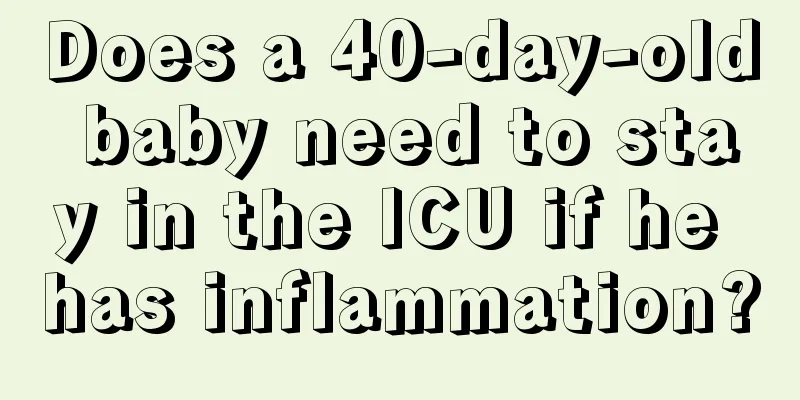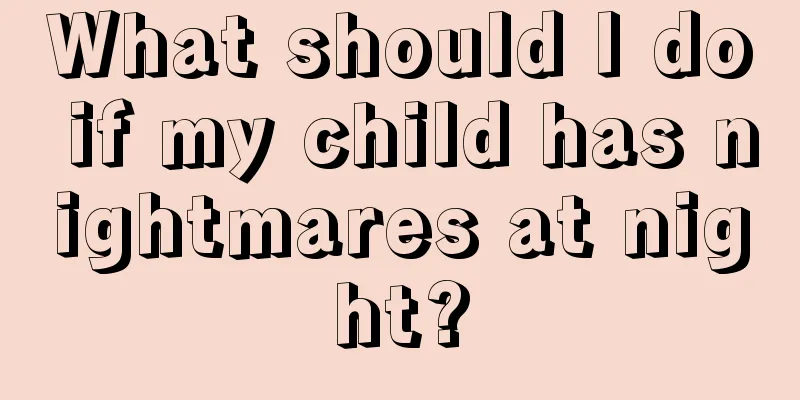When do children lose their teeth?

|
The time when children's teeth change is a problem that many parents are most concerned about. Some children's teeth change early, starting at the age of five or six, and some children have not changed their teeth at the age of seven or eight, so many parents are very anxious. Facing the problem of children's tooth replacement, we need to have a good understanding of it. Only in this way can we have a better understanding of the best time for children to change their teeth. If the tooth replacement time is particularly late or early, it is not a good phenomenon. Therefore, we should understand when children's teeth change. Let's take a look at it together: Human teeth have two stages: deciduous teeth and permanent teeth. The period of deciduous teeth lasts throughout the infancy and childhood stages, while the permanent teeth that replace the deciduous teeth can accompany a person almost throughout his or her life. There are 20 deciduous teeth, which usually start to erupt around 6 months old and are fully grown at 2-3 years old. There are 28-32 permanent teeth (the number of wisdom teeth is 0-4), which usually start to grow around 6 years old and 28 are fully grown at 12-13 years old (wisdom teeth vary from person to person). Therefore, the tooth replacement period is usually between 6 and 12 years old. There are certain rules for tooth replacement, which can be simply described as "a certain time, a certain order, left-right symmetry, lower first then upper". Left-right symmetry and lower first then upper refers to teeth with the same name. The physiological shedding of the first deciduous tooth usually occurs around the age of 6, but it can also occur as early as 4 years old, or as late as 7-8 years old, so there is no need to worry. Naturally fallen deciduous teeth have no roots and the fallen surface appears eroded. Parents should pay attention to observe and not confuse them with broken roots of deciduous teeth. There are two different opinions about which permanent tooth the baby will grow first. One is that the first permanent molar that usually grows around the age of 6 grows close to the last deciduous molar, called the sixth-year molar, which erupts slightly earlier than or at the same time as the lower central incisor. Another theory is that the baby's first two middle front teeth to be replaced are in the lower row. Dentists say that this may be different for each baby. Then, the baby will grow upper central incisors and lower lateral incisors when they are 7-8 years old, upper lateral incisors when they are 8-9 years old, first and second canines when they are 9-12 years old, and permanent canines when they are 10-12 years old. 1. Always pay attention to the growth of your baby's deciduous teeth and permanent teeth, and take your baby to the dentist regularly so that problems can be discovered at any time and resolved early. 2. Encourage your baby to brush his teeth every day. It is best for an adult to help brush his teeth before going to bed at night, especially since the double rows of teeth are more difficult to clean and are most likely to cause tooth decay. The six-year molars are also not easy to brush because they are located at the innermost part of the mouth. You should use toothpaste and toothbrush specially designed for children. The toothbrush head should be as small as possible, otherwise the baby will vomit easily when you reach the innermost part. In addition to brushing teeth, it is best for your baby to rinse his mouth after each meal to maintain oral hygiene. After reading the above content, I believe you have a more comprehensive understanding of your child's tooth replacement. As parents, we need to help our children complete the tooth replacement process, pay attention to oral hygiene, and develop a good habit of rinsing your mouth after meals. During the tooth replacement period, parents must also pay attention to their children's diet and give them food that is easy to chew and digest. Also, you should brush your teeth on time to prevent the permanent teeth from being infected by caries again. |
<<: What to do if your child has cavities
>>: What medicine is good for children with fever and cold
Recommend
What are the symptoms of rhinitis in children?
Children are the treasures of every family. Some ...
How can children grow taller the fastest?
Height accompanies a person throughout his life. ...
What is the most nutritious food for children?
Children's diet is the most concerned issue f...
What causes baby's eye bags to swell?
The baby has swollen eye bags, which can also be ...
What is the normal frequency of bowel movements for a mixed-fed baby?
When the baby is six or seven months old, mixed f...
What is the newborn preparation checklist?
After ten months of pregnancy, women are always l...
What can’t babies with rhinitis eat? Avoid these foods
If your baby is infected with rhinitis, you need ...
The baby's forehead is protruding like a birthday star
The growth and development of infants is a matter...
Precautions for child safety seats [Hot Mom Baby]
A child safety seat is a seat designed specifical...
What are the misunderstandings about children's diet
Children cannot eat arbitrarily, otherwise it wil...
How many eggs does the baby eat a day?
In daily life, many parents hope that their child...
Does a child have breast pain during development?
Breasts are one of the most important organs in t...
What should I do if my autistic child can’t sit still?
There are more and more children with autism, and...
Baby has a fever and his lips turn purple
It is very common for babies to have a fever. Man...
What causes white spots on children's faces?
The white spots on the child's face made the ...









